Drivers motoring along West G Street in Elizabethton encounter a unique memorial situated on a small hill at the intersection with Monument Place, just a short driving distance from Sycamore Shoals State Historic Park. While some people scarcely give the century-old structure a passing glance, others are vividly aware that it symbolizes an epic event that significantly shaped our country’s history.

The Sycamore Shoals Memorial was installed in late October 1909 when the area around it was an expansive field. It commemorates the Overmountain Men’s march from that spot on September 25, 1780 across the mountain to join up with fellow patriots and continue toward King’s Mountain, South Carolina. Their mission was to engage in combat with British commander, Major Patrick Ferguson, who greatly underestimated the determination of the rugged mountaineers.
Historians credit the skirmish, which resulted in the death of Ferguson and many of his British Loyalist troops, with turning the tide of the Revolutionary War. It ultimately brought independence to the country.
The marker was erected through the dedicated efforts of three chapters of the Daughters of the American Revolution: John Sevier (Johnson City), Sycamore Shoals (Bristol) and Bonnie Kate (Knoxville). The monument was constructed on an Indian mound that was located on the farm of Mrs. J.C. Thomas, who donated the land.
The final design called for a 13-foot tall shrine that was triangular in shape, having a base four feet high that was made of Tennessee white marble. It had columns on each end and a vertical shaft nine feet high that consisted of river rock embedded in cement. The rock was selected from the Watauga River.
The inscriptions on the three sides of the base contained the words: “1780-1909. John Sevier, Bonnie Kate and Sycamore Shoals Chapters, D.A.R. The Sword of the Lord and Gideon.” / ''Fort Watauga, First Settlers Fort Built West of the Alleghenies 1770.” / “Here was negotiated the treaty of Sycamore Shoals, under which Transylvania was acquired from the Cherokees, March 19. 1775.” A bronze tablet on the shaft bore the inscription: “In memory of the Patriots who met here Sept. 25, 1780 on their way to King’s Mountain under Campbell, Shelby and Sevier.”
Dedication of the monument was announced to the public for October 7, 1909, but setbacks caused it to be delayed until June 14, 1910. The historic occasion brought into the valley of East Tennessee some 3000 people from Virginia, South Carolina, Kentucky, Georgia, Alabama and other southern states. Special trains had to be run from towns and cities in East Tennessee in order to transport the multitude of travelers.
A party of young men, dressed in pioneer garb, arrived from nearby towns representing the original Overmountain Men who once assembled there to formulate a route and battle plan to take down Ferguson and his men.
The Rev. Osborne of Johnson City opened the ceremonies with prayer. Afterward, while a choir of 1000 voices sang “America,” three youths, who were descendants of the three generals who led the valiant pioneers across the mountains, unveiled the monument. The lads (and the commander they represented) were Robert Asher Gray of Bristol (Colonel William Campbell), Carter Crymble (Colonel John Sevier) and Evan Shelby, Jr. of Memphis (Colonel Isaac Shelby).
Three regents (and the chapter they represented) were Mrs. J. H. McCue (Sycamore Shoals), Miss Mamie Arnell (John Sevier) and Mrs. Joseph W. Sneed (Bonnie Kate). Each gave a brief talk. Reverend David A. Carter of San Antonio, Texas, a great-great grandson of John Sevier, offered another speech. Mrs. Edward Pearson Moses of the Bonnie Kate Chapter followed Dr. Carter and read an original poem entitled, “Ode to Tennessee.” Shelby Thomas and Margaret Robertson, both descendants of William Campbell and Samuel Doak (who prayed for the soldiers prior to their departure for King's Mountain), were also present. The Bristol Military Band next played, “The Star-Spangled Banner.”
United States Senator and former governor Robert L. Taylor, who was born in close proximity of the monument site, was the orator of the occasion and, as expected, delivered a powerful address in which he reviewed the story of the early struggles and the men whose efforts collectively counted for much credit in bringing independence to the nation. The ceremony concluded with the band playing a rousing rendition of “Dixie.”
The John Sevier Chapter of the DAR is credited for not only aiding in the erection of the stone monument but also for working with CC&O Railroad personnel to provide a number of substantial history makers along the route taken by the Overmountain Men.
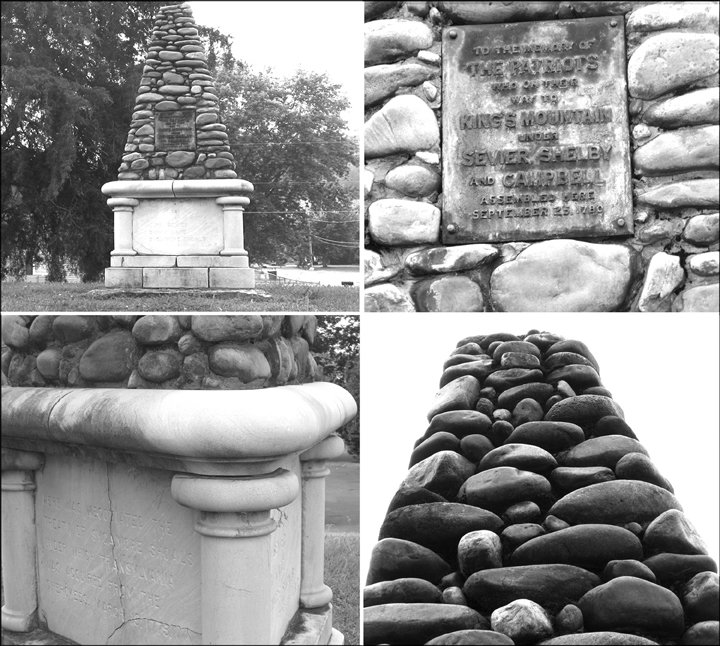
The Sycamore Shoals Monument is worthy of attention by the public. Residents are encouraged to stop at the unpretentious monument, which is starting to show its age, take some photos and savor the two important pieces of local history that occurred in 1780 and 1910.

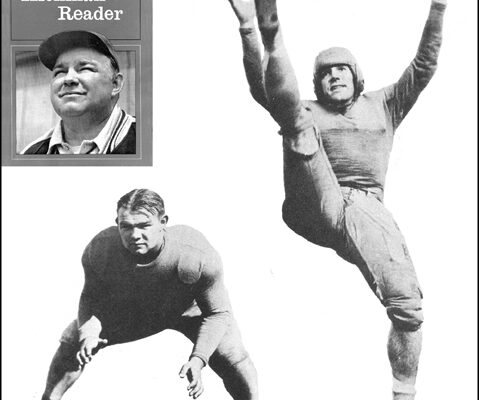

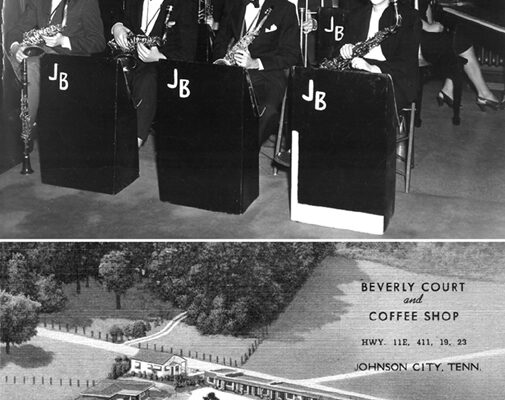

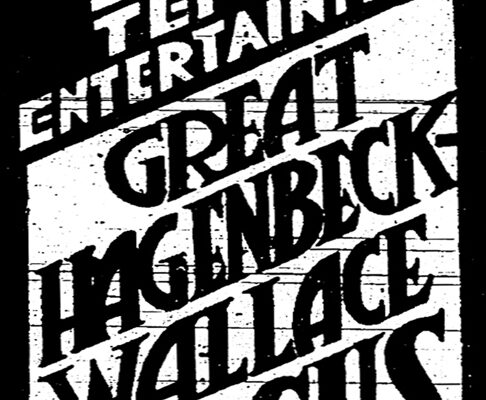

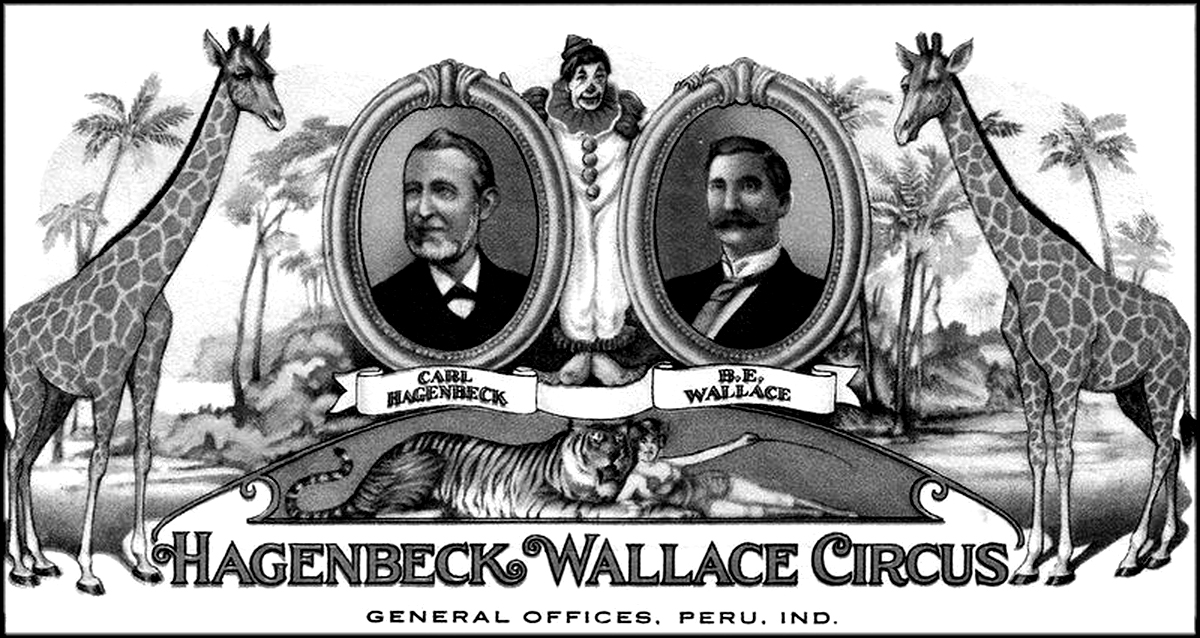
 and Family's Residence in Jonesboro (James H. Quillen VA Medical Center Historical Collection).jpg)
 and Family's Residence in Jonesboro (James H. Quillen VA Medical Center Historical Collection).jpg)